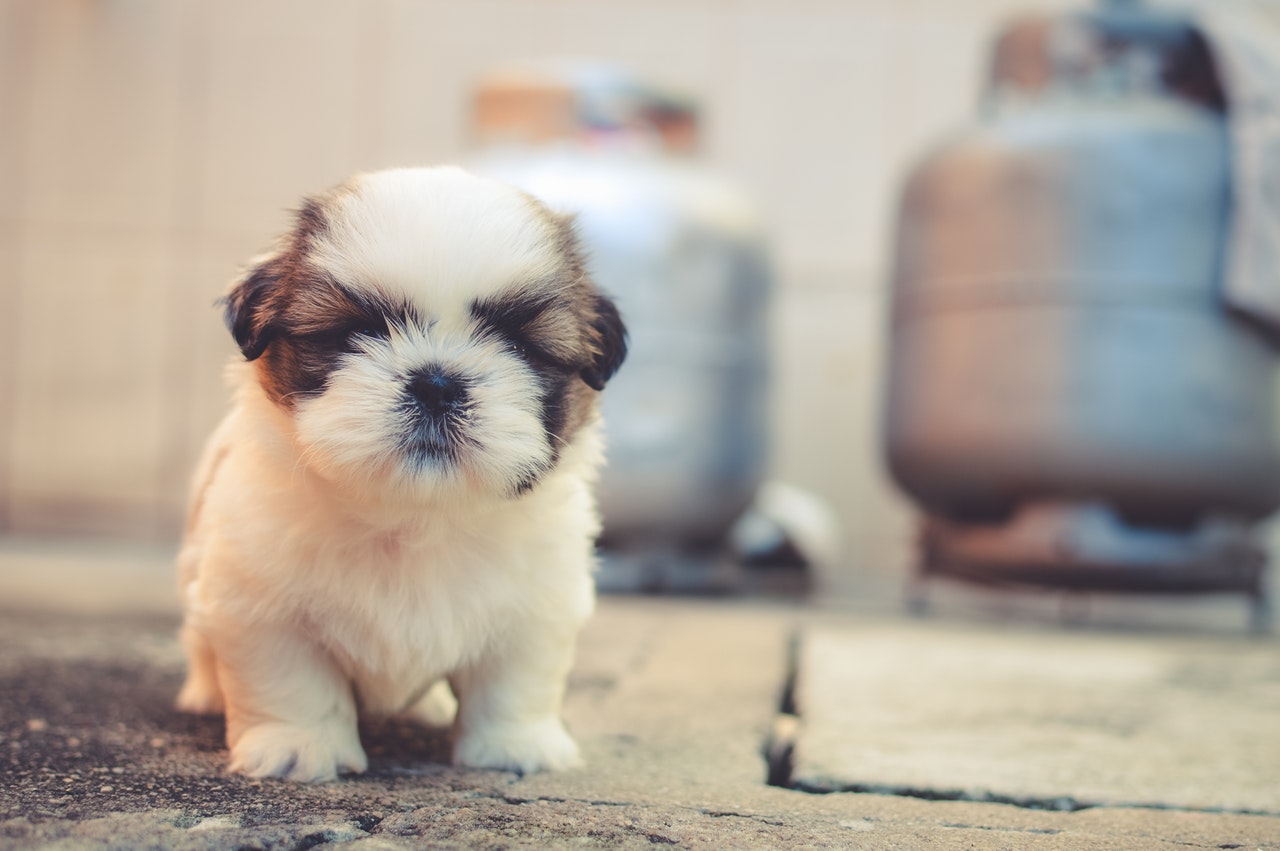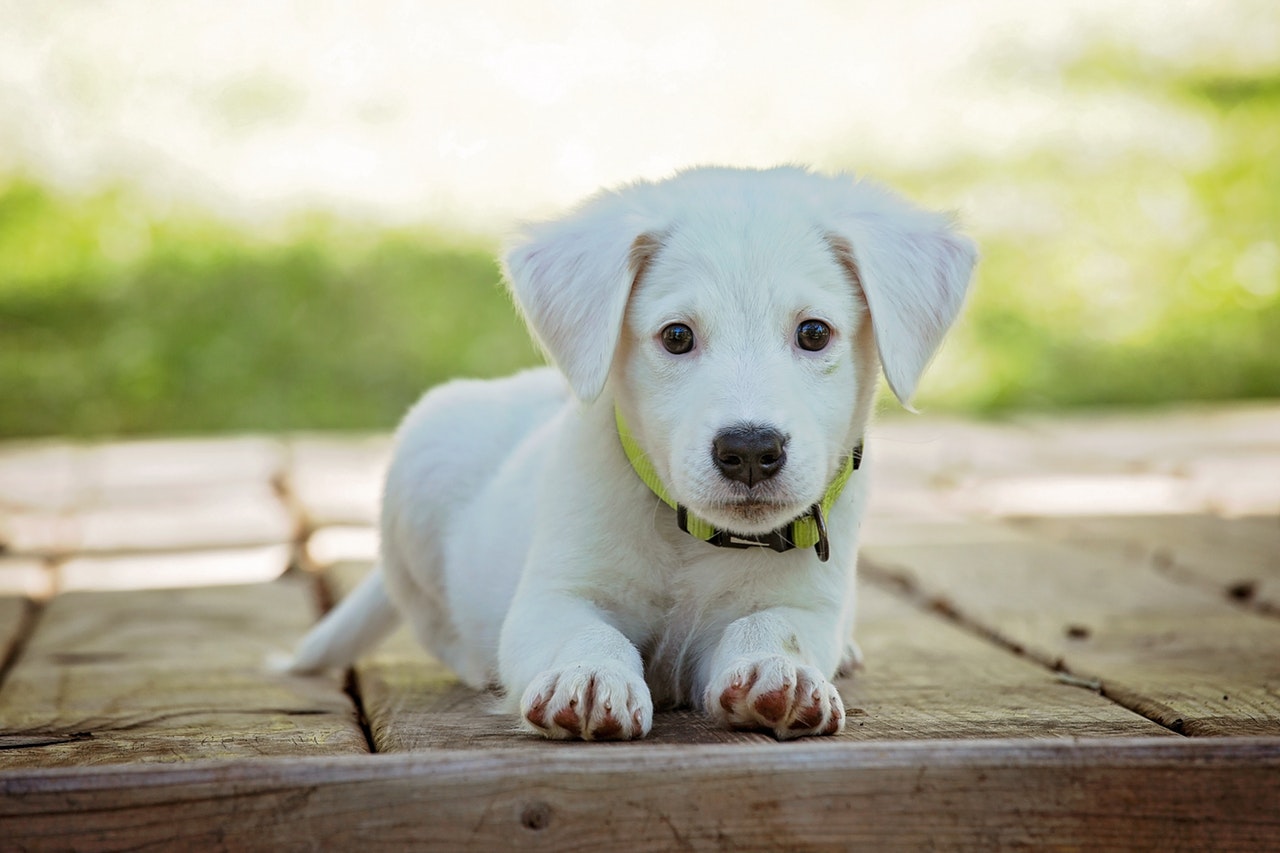2019-03-28

Bringing home a new puppy is very exciting and unpredictable for you as well as for your family members. We know that it is important for a dog to possess good social skills and a submissive personality. Plus, puppyhood is the perfect phase to run a puppy training program at home that can simultaneously build a bond between dogs and their owners. Check out the next tips to start the training.
In this article
1.2.1.Training your dog with some commands
2. Socialize with children and other animals
Home training
The puppy training should start on the day your new pooch comes home. Apart from preparing enough food, water, and some treats, you should:
1. Set a good schedule such as feeding time, walks and playtime. For a puppy, professionals suggest that at least three meals a day are necessary. Also, because of the small bladder of a puppy, the owners should take the puppy outside to urinate at least seven times a day. Generally, dogs need to go outside after waking up and eating. During this period, you should keep calm and patient, because it will probably take a few days to achieve the desired results.
Teach him all the rules you set up.
2. Set up household rules
Your new puppy will not know the rules when you bring him home. Teaching your dog what to do and what not to do is an important step in promoting good behaviors and avoiding negative ones. Is begging for food right when you are having dinner? Is it okay to pee on the carpet? If you do not make it clear, it may be difficult to correct the bad behavior later.
In training, we can use some tricks, such as adding some commands and offering some treats as rewards that can enhance the training effect and personalize your furry friend at the same time.
1) Training your dog with some commands such as “sit” and “stay” is part of the obedience training of a service dog and an excellent household dog. A well-trained and submissive dog can respond to the owner’s commands. For example, he will come when you call him and not pull on the leash when you go for a walk with him.
2) Reward good behavior. Dogs can understand whether they did something right or wrong based on how you react. If he performs the tasks well, such as doing his toilet-training in the right spot, you can reinforce the behavior by happily saying “good boy” and/or giving him some treats. A lot of praise could give your dog more confidence and excitement. Also, rewards can be special, like extra playtime or a funny game. However, to teach your dog not to do something, it is necessary for him to understand what is forbidden. For example, pulls the leash while walking, you should stand still and ignore him until he turns back and does not pull the leash.
3) Ward off bad behaviors. Although barking, whining, and biting are natural parts of a dog’s behavior, we can get rid of them through puppy training. Otherwise, these natural behaviors can lead to bad habits and bring certain annoyance and troubles to others. To ward off these bad behaviors, you should teach your dog right from the beginning that you do not approve of them. For example, if your dog touches your mouth or bites your hands or feet in the same way he plays with other dogs, say “stop” loudly, walk away and ignore him for 1 minute. Never go to comfort him. It is advisable to give him suitable things to chew, which can avoid biting and satisfy the demand of teething.
Most dog owners may experience an embarrassing situation when the dog whines for comfort when you are having dinner or sleeping alone. “Should I go to comfort him?” No, your kindness could reinforce his whining and lead to other problems, such as jumping up and begging for food when you are having a meal in a restaurant. In addition to barking and whining, your dog may develop other bad behaviors, including chewing, digging, stealing food, begging, urinating at home, etc.

Socialize with children and other animals
The perfect time to get your puppy to meet other animals and people is at the age of 2 to 4 months when he is able to accept new animals, people, and places easily and quickly. However, before the dogs are brought to the public, dog owners should make sure their puppies are vaccinated and leashed. Pull the leash tightly when your puppy meets his furry peers or people of any age to control him and avoid accidents. If your little puppy can communicate in a socially and friendly manner without aggressive or angry behavior, congratulations! Then you can start intensive training like how to enjoy being touched by people. However, if your pooch is scared to appear in public, we recommend that you begin the socialization training at home. Inviting some friends to your home helps your puppy get used to strangers in a familiar environment, which can reduce his alertness and arouse his interest in communicating with others.